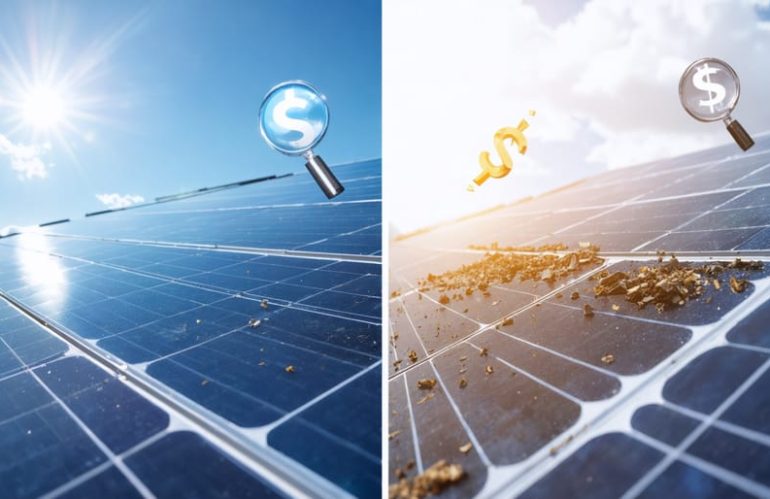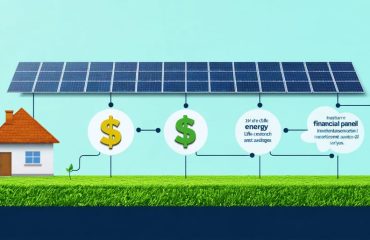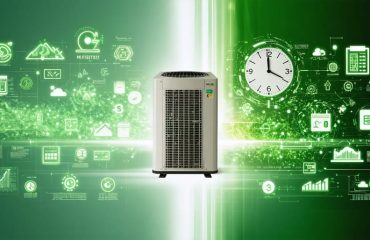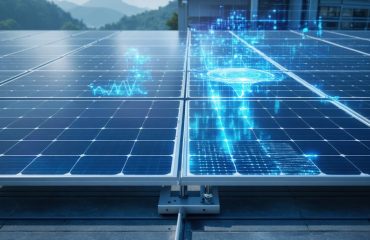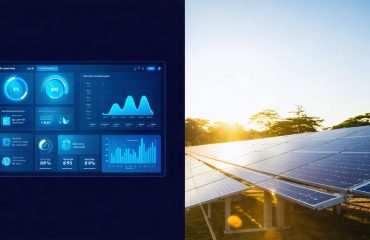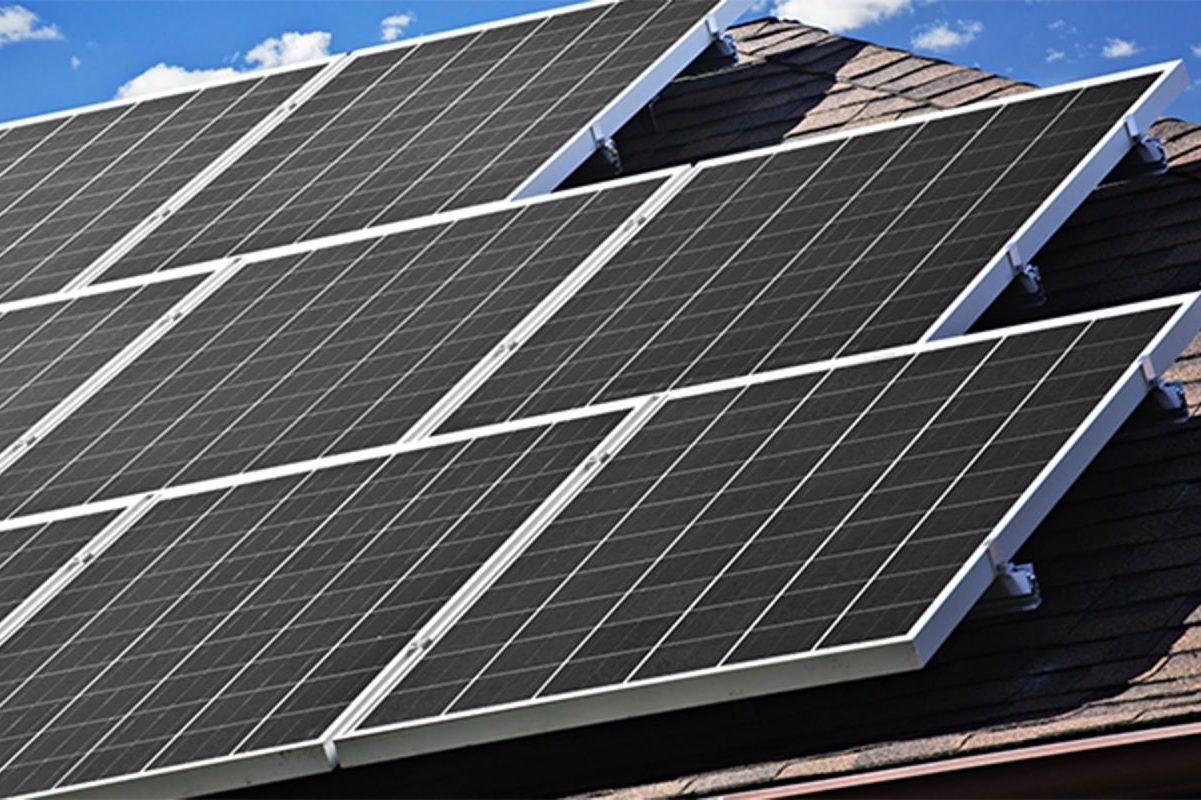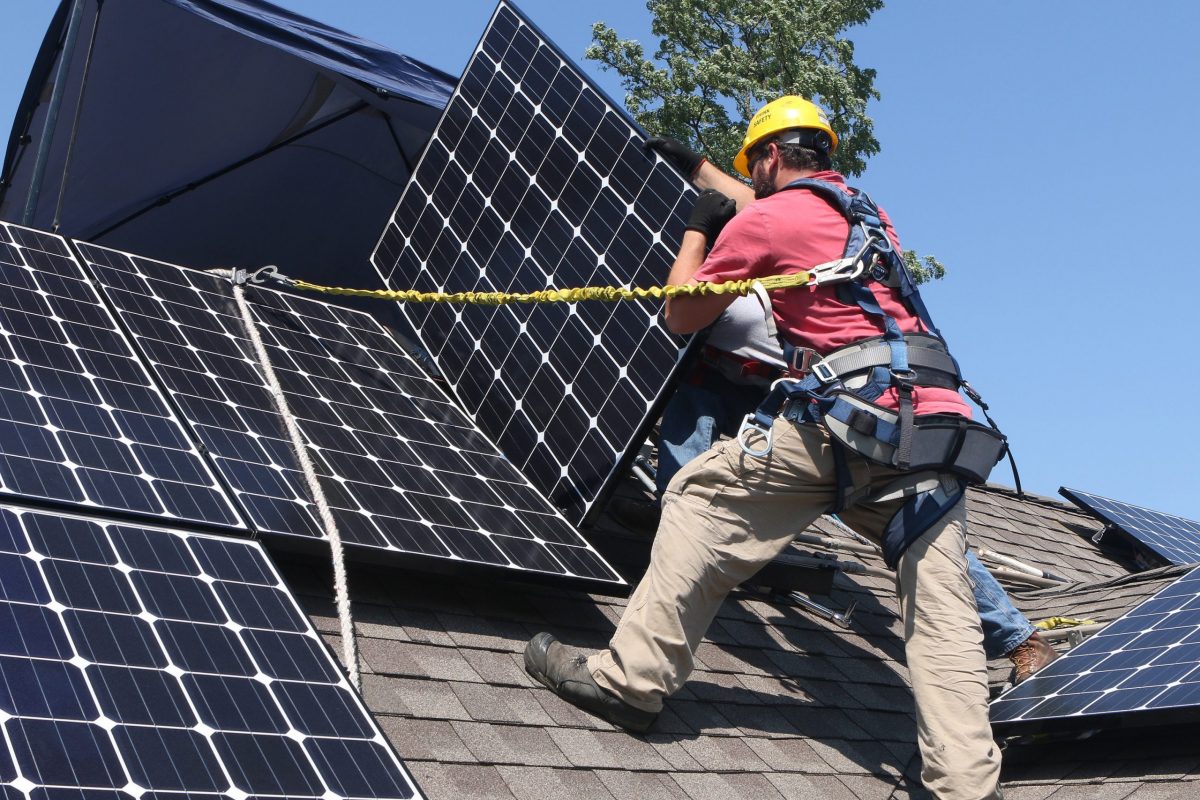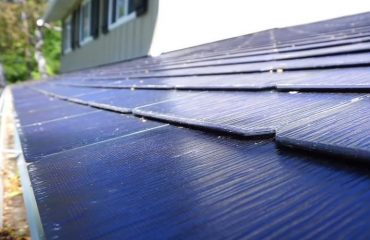Lifecycle maintenance transforms your solar investment from a one-time purchase into a lasting power-generating asset that delivers reliable energy for decades. Regular maintenance not only maximizes your system’s efficiency but also protects your initial investment, ensuring optimal performance through every season. Think of it as a comprehensive care program that follows your solar installation from day one through its entire 25+ year lifespan, addressing everything from routine panel cleaning to inverter checks and performance monitoring.
While solar systems are remarkably durable, strategic maintenance at key intervals dramatically extends their productive life and maintains peak energy generation. Modern solar installations typically require minimal upkeep, but understanding the essential care points and maintenance schedule helps homeowners protect their investment and maximize their energy savings. This proactive approach to system care not only prevents costly repairs but also ensures your solar installation continues to deliver the environmental and financial benefits you expect.
Understanding Solar Panel Lifecycle Costs
Initial Investment vs. Ongoing Costs
When considering solar panel installation, understanding the total cost of ownership is crucial for making an informed decision. While the initial investment for a residential solar system typically ranges from $15,000 to $25,000, these upfront costs are offset by significantly lower ongoing maintenance expenses.
The good news is that annual maintenance costs usually amount to just 1-2% of the initial system cost. This typically translates to $150-500 per year, covering routine inspections, cleaning, and minor repairs. Most solar panels come with 25-year warranties, protecting you from major component failures.
Modern solar systems are designed for durability, requiring minimal intervention. However, setting aside a small maintenance fund is wise for occasional professional cleaning, inverter replacement (typically needed once during the system’s lifetime), and unexpected repairs. When compared to traditional energy costs, the combination of low maintenance requirements and energy savings makes solar an increasingly attractive long-term investment for homeowners.
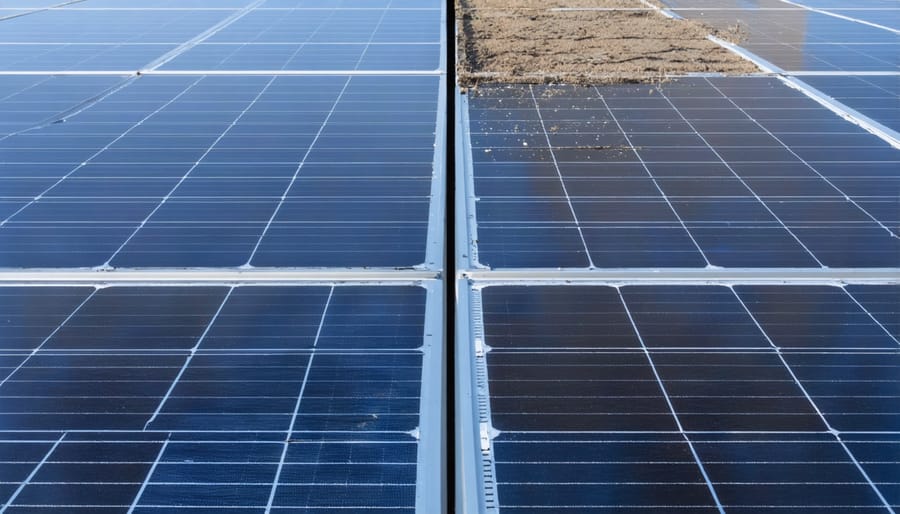
The Real Cost of Neglected Maintenance
Neglecting regular maintenance on your solar system can lead to a cascade of hidden costs that impact both your wallet and the environment. While solar panels are remarkably resilient, small issues can compound over time, reducing energy production by up to 25% before becoming noticeable in your utility bills. Dust, debris, and minor damage can gradually diminish panel efficiency, forcing your system to work harder for the same output.
Consider this: a simple issue like dirty panels can reduce efficiency by 5-10% annually. Over a typical 25-year system lifespan, this translates to thousands in lost energy production. More severe problems, such as loose connections or degraded components, not only decrease performance but can lead to costly emergency repairs.
Regular maintenance actually saves money in the long run. A well-maintained solar system operates at peak efficiency, maximizing your return on investment and extending equipment life. Plus, catching issues early through routine inspections prevents small problems from escalating into major repairs. Think of it like regular oil changes for your car – a small investment in maintenance now prevents expensive breakdowns later.
Essential Maintenance Tasks That Protect Your Investment
Regular Cleaning and Inspection
Regular maintenance is key to maximizing your solar system’s efficiency and longevity. Implementing proper cleaning techniques and following a consistent inspection schedule can prevent many common issues before they become serious problems.
Start by conducting monthly visual inspections of your panels, looking for any obvious debris, dirt accumulation, or physical damage. During these checks, pay special attention to the panel edges and mounting hardware for signs of wear or loosening. Seasonal inspections should be more thorough, including examining electrical connections and monitoring system performance data.
For cleaning, choose early morning or evening hours when panels are cool. Use soft brushes and non-abrasive cleaning solutions specifically designed for solar panels. After rainfall, check if natural cleaning was sufficient or if additional maintenance is needed. In areas with heavy foliage or bird activity, you may need to clean more frequently.
Keep a maintenance log to track cleaning dates, inspection findings, and any performance changes. This documentation helps identify patterns and can be valuable for warranty claims or professional servicing when needed.
Performance Monitoring
Regular monitoring is essential to ensure your solar system maintains peak performance throughout its lifecycle. Modern solar installations come equipped with smart monitoring systems that let you track system output through user-friendly smartphone apps or web portals. These tools provide real-time data on energy production, helping you spot potential issues before they become serious problems.
Keep an eye on your monthly energy production trends and compare them to previous years’ data, accounting for seasonal variations. A sudden drop in output could indicate problems like dirty panels, shading issues, or equipment malfunctions. Many monitoring systems also send automatic alerts when performance dips below expected levels.
Pay attention to weather patterns and their impact on your system’s performance. This helps you develop a baseline understanding of normal fluctuations versus genuine concerns. Consider keeping a simple log of cleaning dates, weather events, and maintenance activities to better track your system’s health over time. This proactive approach helps maximize your solar investment while ensuring consistent energy production.
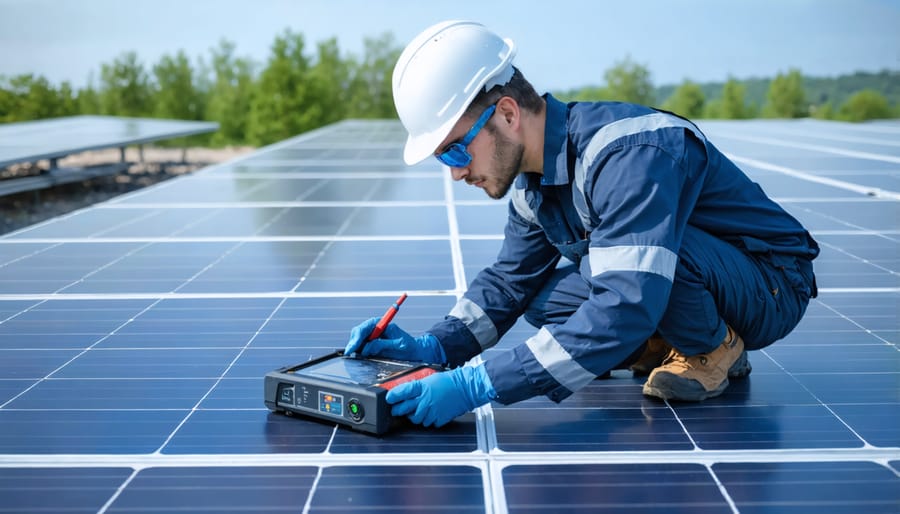
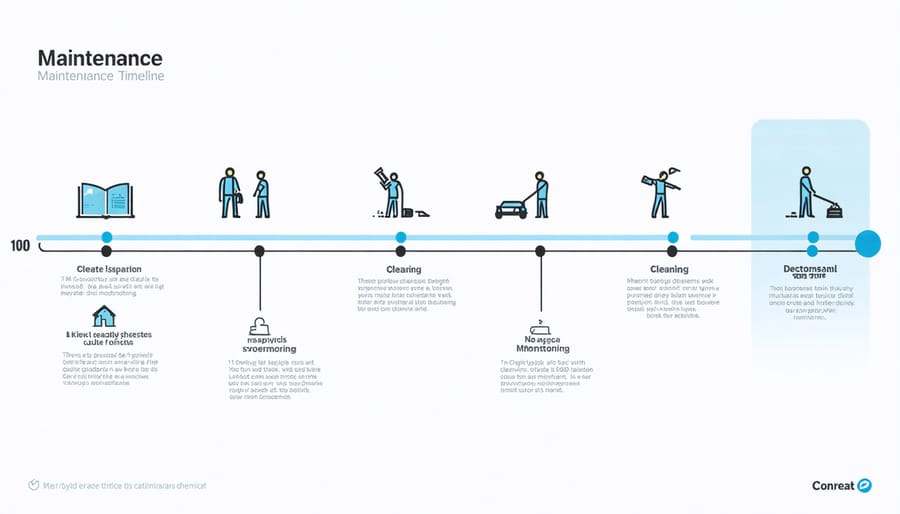
Cost-Saving Maintenance Strategies
DIY vs. Professional Maintenance
Many maintenance tasks can be safely performed by homeowners, saving money while keeping your system in top shape. Simple tasks like visual inspections, monitoring system performance through your inverter display, and basic panel cleaning can be handled DIY-style. Regular cleaning of debris and leaves from around ground-mounted systems is also a safe DIY task.
However, certain maintenance aspects require professional expertise. Electrical work, inverter repairs, and any issues requiring roof access should be handled by certified solar technicians. If you notice significant drops in power production, unusual noises from the inverter, or physical damage to panels, it’s time to call the professionals.
A good rule of thumb is: if it involves climbing on the roof, working with electrical components, or requires specialized testing equipment, leave it to the experts. Professional maintenance typically costs between $150-300 per visit but helps prevent costly repairs and ensures your warranty remains valid. Many solar companies offer maintenance packages that include regular professional inspections while leaving simple monitoring and cleaning tasks to homeowners.
Remember to document all maintenance activities, whether DIY or professional, to maintain accurate service records and warranty compliance.
Proper maintenance of your solar system is not just about keeping the equipment running – it’s about protecting and maximizing your investment in clean energy. By following a consistent maintenance schedule, you can extend your system’s lifespan by 5-10 years beyond its standard warranty period, ensuring optimal performance and maximum energy production throughout its lifetime.
Regular maintenance also helps you avoid costly repairs and unexpected system failures, ultimately saving you money in the long run. Well-maintained solar panels typically generate 15-25% more energy than neglected systems, translating to greater electricity savings and higher returns on your investment.
Beyond the financial benefits, proper maintenance contributes to environmental sustainability by ensuring your system operates at peak efficiency, reducing your carbon footprint to the fullest extent possible. It also provides peace of mind, knowing that your solar investment is protected and performing as intended.
By making maintenance a priority, you’re not just maintaining equipment – you’re securing your energy independence, protecting your investment, and contributing to a more sustainable future. The small effort required for regular maintenance pays dividends in reliability, efficiency, and long-term savings.

